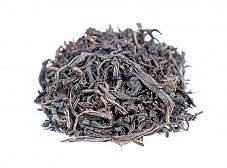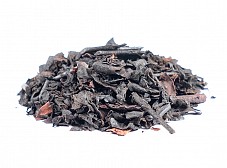
Black Tea - Bhutan
Completely rare Bhutanese black teas grown in the long-forgotten garden of a summer royal residence in the mountainous central part of Bhutan. In the central part of Bhutan, south of the town of Tronsa, at an altitude of around 1800 metres above sea level, is one of the most remote and least known tea (mini) regions in the world.
More...Here, in the village of Samcholing, is the former summer residence of Bhutan's second king, Jigme Wangchug. At his instigation, a small tea garden was created here in the 1950s from small-leaved shrubs of the Chinese tea tree (Camellia sinensis var sinensis) imported from nearby Darjeeling. The cultivation of tea trees in conditions very similar to those in nearby India or Nepal was to ensure the economic and social flourishing of this remote rural area.

Unfortunately, we do not know how tea was processed here, for how long and how successfully at that time. The king died and the tea trees were forgotten. Until the turn of the millennium, when tea bush cultivation and tea processing was revived. Samcholing's Tea Growers' Cooperative was formed and today has nearly thirty members, mostly young ladies.
In 2012, with the support of the Bhutanese Ministry of Agriculture, a small tea factory (manufactory) was established here, mainly for the manual processing of tea leaves. A Korean botanist stayed for three years and taught the locals how to process tea in the way we know it from native Korean areas like Hadong. A large part of the local production is therefore green tea. The oxidation of the tea leaves is completed on hot metal pans. The leaves are then shaped and dried. Our friends at the Jun Chiyabari Garden in neighbouring Nepal are also involved in improving the quality of local production. However, tea drinking in Bhutan has a very long tradition. As in Tibet, tea is drunk with milk, butter and salt. Historically, Chinese fermented heicha tea was used. Later, black tea from neighbouring Assam.
.jpg)

